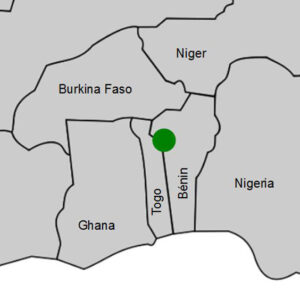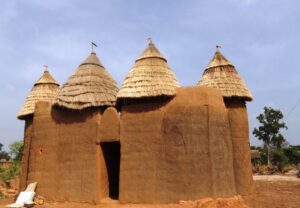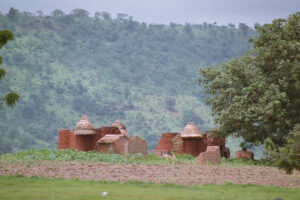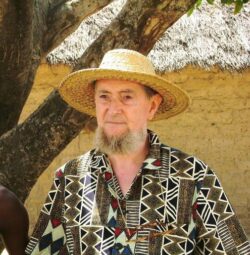You can see many two-story fortified houses scattered in the meadows, in the forests, and on the hills of Benin Republic and Togo. This is what the Batammariba people, who number about 270,000 people are world-famous for. They are known as Tamberma in Togo and Somba in Benin.
Italian SMA Father Silvano Galli, who lives and works as a missionary in Togo, describes remote areas that testify to this ancient people’s respect for nature. We live in a time of great global climate change, in an environmental crisis that is causing so much damage to nature and humanity as a whole. Pope Francis continues to call for the protection of our ecosystems.
In light of this, Father Silvano was inspired by a visit to some Tamberma villages. He was guided by locals through the Atakora Mountains in north-eastern Togo to the UNESCO World Heritage Site of Koutammakou. “The way there was not the easiest,” he told FIDES. “Even on the way through the UNESCO World Heritage Site there were numerous difficulties because of the water and mud puddles. In Pimini, a suburb of Nadoba, we stopped at the Tamberma houses, called Takyiènta, which resemble real earth fortresses and are between three and five meters high”.

“They are residential houses often surrounded by large trees, which have different shapes and sizes depending on the location, period and social status of the owner,” he explains. “They are usually a series of two-story houses, which are connected by a wall and an upper terrace and house the main ancestral house on the ground floor. The structure of these houses shows respect for the surrounding nature. Through logs in the shape of gallows in which the steps are carved, one reaches the upper floors and the terrace. One enters them, one by one, through a single opening that gives access to a room without light. Above the ancestral room is the owner’s room, while the children’s room is above the entrance and the barn. On the terrace there are other rooms where the grain is dried”. “The Batammariba live in communion with nature, the animals, the family deities, under the protection of the ancestors and the watchful eye of Kouyé, the supreme deity to whom people offer the first fruits of the harvests and sacrifices. Man, animals, and the elements of nature are intrinsically linked, live together in harmony and are interdependent,” Fr Silvano concludes, explaining the attitude to life of the local people. With thanks to Agenzia Fides, 14/11/2023 for the information in this article.




You must be logged in to post a comment.